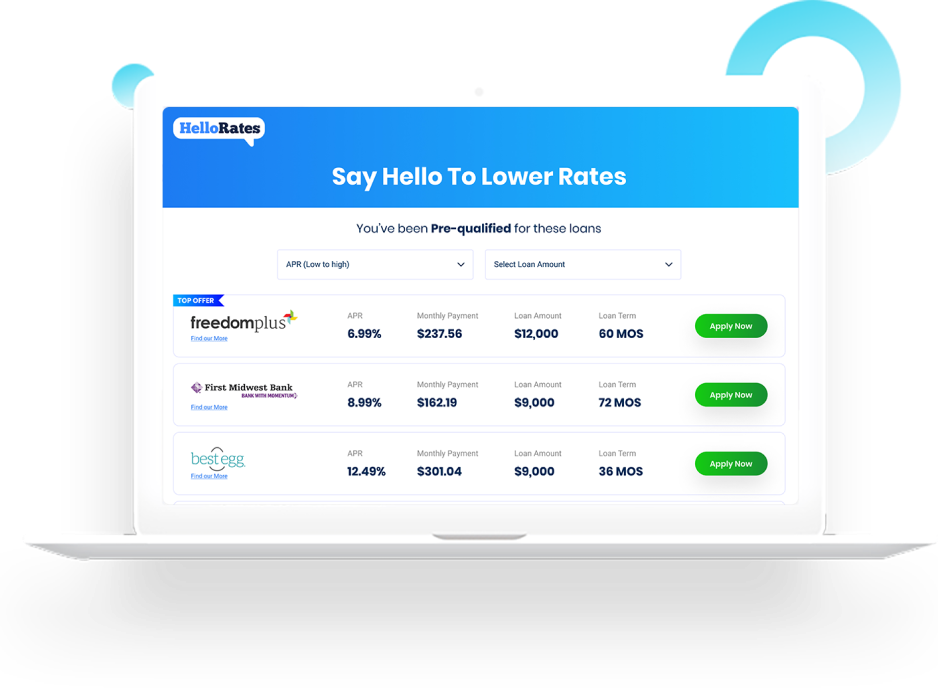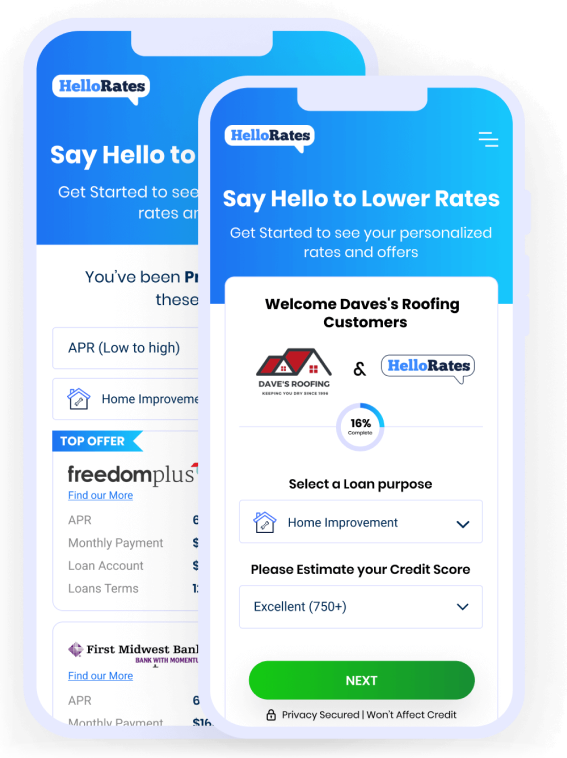Trade School Expense Financing using personal loans can be a viable option for individuals seeking to pursue vocational education and training. Trade schools offer specialized programs that equip students with practical skills and knowledge required for specific industries, such as automotive repair, culinary arts, or healthcare. However, the cost of trade school tuition, materials, and living expenses can be a significant barrier for many prospective students. In such cases, personal loans can provide a flexible and accessible means of financing trade school expenses. This article will explore the advantages of using personal loans to finance trade school education and shed light on how this option can be optimized to suit individual needs.
One of the primary advantages of financing trade school expenses through personal loans is the flexibility it offers. Unlike traditional student loans, personal loans can be used for a variety of purposes, including trade school tuition, books, equipment, and even living expenses. This flexibility allows students to cover all aspects of their education without being limited by the restrictions imposed by other forms of financing. Additionally, personal loans can be obtained from various sources, such as banks, credit unions, or online lenders, providing students with a wide range of options to choose from based on their specific needs and financial circumstances.
Another advantage of using personal loans for trade school financing is the relatively quick and straightforward application process. Compared to federal student loans, which often involve complex paperwork and lengthy approval procedures, personal loans can be obtained with minimal hassle. Many lenders offer online applications, allowing students to apply from the comfort of their homes and receive a decision within a short period. This streamlined process is particularly beneficial for individuals who need to start their trade school programs promptly or have missed the traditional enrollment deadlines.
Furthermore, personal loans for trade school financing can offer competitive interest rates and repayment terms. While interest rates may vary depending on the borrower’s credit history and the lender’s policies, personal loans generally provide more favorable rates compared to credit cards or other forms of unsecured debt. Additionally, borrowers can choose from various repayment terms, ranging from a few months to several years, allowing them to select an option that aligns with their financial capabilities and goals. This flexibility in interest rates and repayment terms ensures that students can manage their loan obligations effectively without burdening themselves with excessive debt.
Optimizing personal loans for trade school expense financing involves careful consideration of several factors. Firstly, it is crucial to assess the total cost of trade school education, including tuition, fees, and living expenses, to determine the loan amount required. Conducting thorough research on different lenders and comparing their interest rates, fees, and repayment terms can help identify the most favorable loan options. Additionally, maintaining a good credit score and demonstrating a stable income can increase the chances of securing a personal loan with lower interest rates and more favorable terms.
In conclusion, financing trade school expenses using personal loans can be a beneficial option for individuals seeking vocational education and training. The flexibility, quick application process, competitive interest rates, and customizable repayment terms make personal loans an attractive choice for trade school financing. By optimizing personal loans through careful assessment of educational costs, thorough research on lenders, and maintaining a good credit score, students can effectively manage their trade school expenses and pave the way for a successful career in their chosen field.




